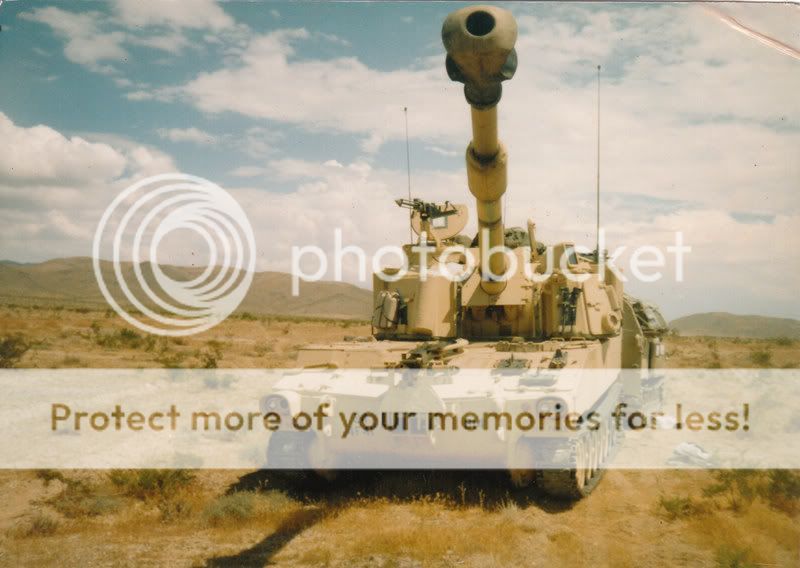
Despite the conventional training, the public perceived the 30th as dealing mainly with "poisonous gas and hell fire". īefore deploying to France in 1917 many of the soldiers in the 30th Engineer Regiment (Gas and Flame) spent their time stateside in training that did not emphasize any chemical warfare skills instead the training focused on drill, marching, guard duty, and inspections. Additional War Department orders established a Chemical Service Section that included 47 commissioned officers and 95 enlisted personnel. The 30th was activated on 15 August 1917 at Camp American University A 17 October 1917 memorandum from the Adjutant General to the Chief of Engineers directed that the Gas Service Section consist of four majors, six captains, 10 first lieutenants and 15 second lieutenants. The predecessor to the 1st Gas Regiment was the 30th Engineer Regiment (Gas and Flame). The government recruited soldiers for it to be based at Camp American University, Washington, D.C. Pershing oversaw the creation of a new military unit dealing with gas, the Gas Service Section. Women were employed to produce gas masks in Long Island City. Shells were filled with toxic gas in Edgewood, Maryland. Industrial plants were established in nearby cities to synthesize toxic chemicals for use in research and armaments. Within a year of setting up the center, the number of scientists and technicians employed there would increase from 272 to over 1,000.

military paid to convert classrooms into laboratories. commemorating the formation of the Army Chemical CorpsĪ center for chemical weapons research was established at American University in Washington, D.C. Plaque at American University in Washington, D.C. Manning recruited chemists from industry, universities, and government to help study mustard-gas poisoning, investigate and mass-produce new toxic chemicals, and develop gas-masks and other treatments. Manning, formally offered the bureau's service to the Military Committee of the National Research Council, the council appointed a Subcommittee on Noxious Gases. After the Director of the Bureau of Mines, Van H.

Researchers at the Bureau of Mines had experience in developing gas masks for miners, drawing poisonous air through an activated carbon filter. Lane, directed the Bureau of Mines to assist the Army and Navy in creating a gas war program. In 1917, Secretary of the Interior Franklin K. By 1917, the use of chemical weapons by both the Allied and Central Powers had become commonplace along the Western, Eastern and Italian Fronts, occurring daily in some regions. Nevertheless, troops were neither supplied with masks nor trained for offensive gas warfare until the U.S. In that year, the United States War Department first became interested in providing individual soldiers with personal protection against chemical warfare and they tasked the Medical Department with developing the technology. By 1915, the combatants were using poison gases and chemical irritants on the battlefield.

The earliest predecessors to the United States Army Chemical Corps owe their existence to changes of military technology early in World War I. Shepherd was a well-known geologist at the time and his proposal was in the form of a letter directly to the White House. Shepherd's proposal involved hydrogen chloride, an attack that would have likely been non-lethal but may have succeeded in driving enemy soldiers from their positions. Another American, Forrest Shepherd, also proposed a chemical weapon attack against the Confederates. It is unknown how the military reacted to Doughty's proposal but the letter was unnoticed in a pile of old official documents until modern times.

Doughty included a detailed drawing of the shell with his letter. A letter to the War Department dated 5 April 1862 from New York City resident John Doughty proposed the use of chlorine shells to drive the Confederate Army from its positions. In 1945, it was redesignated the Chemical Corps.ĭiscussion of the topic dates back to the American Civil War. It was made a permanent branch of the Regular Army by the National Defense Act of 1920. The Chemical Warfare Service was established on 28 June 1918, combining activities that until then had been dispersed among five separate agencies of the United States federal government. The Chemical Corps is the branch of the United States Army tasked with defending against chemical, biological, radiological, and nuclear ( CBRN) weapons.


 0 kommentar(er)
0 kommentar(er)
